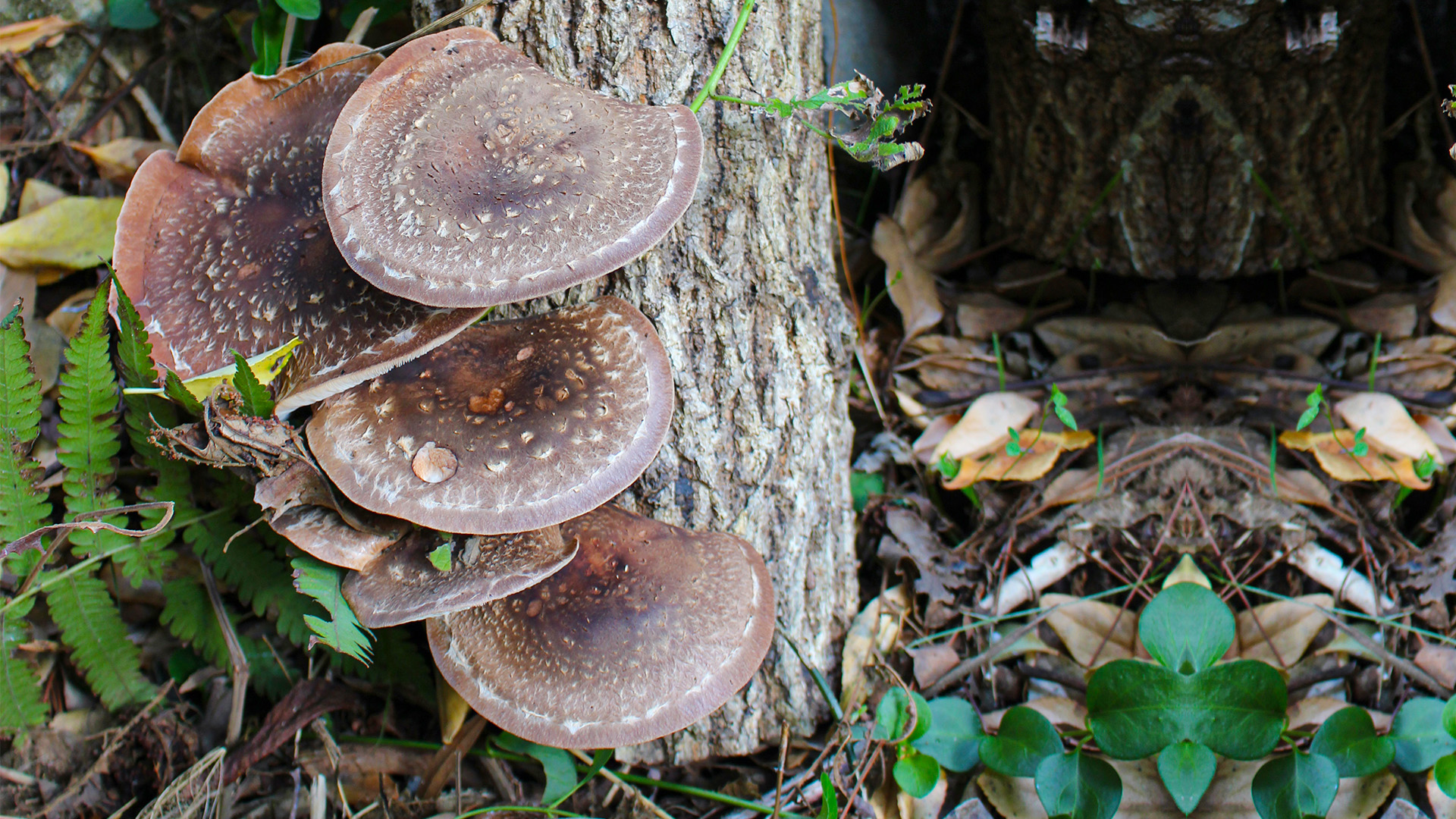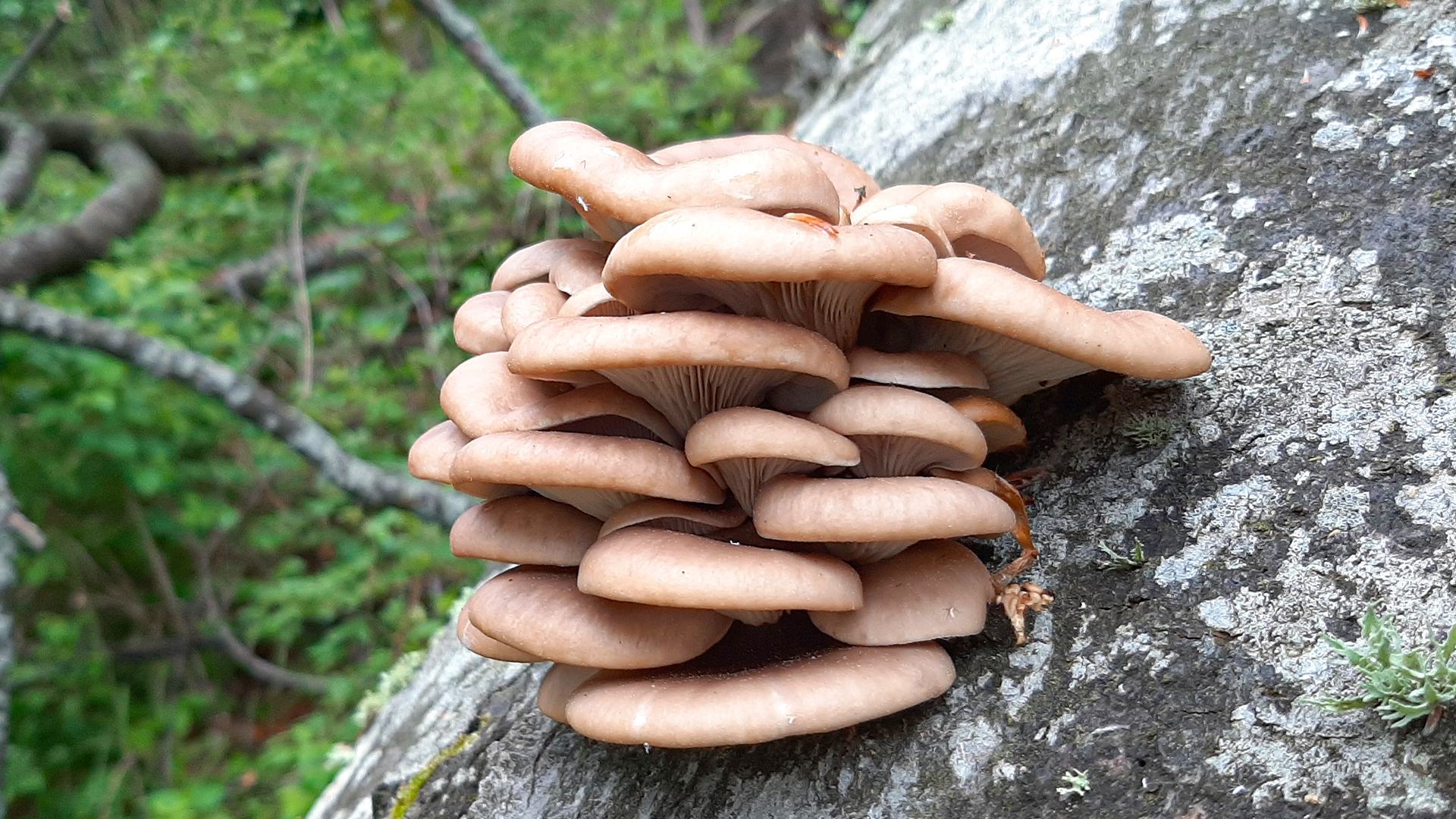They grow in forests, woods and mudflats and have been cherished since ancient times. We give you the mushrooms. We seem to know a lot about the wonderful world of mushrooms, but there is always something new coming up. Due to their composition, edible mushrooms are considered a nutritious and healthy option also by the General Directorate of Health.
There are many stories about mushrooms as this is probably one of the most famous living organisms on the planet. According to the “State of the World’s Plants and Fungi 2023“, the estimated existence of 2.5 million species confirms fungi as the second largest group of eukaryotes soon after animals with 8.5 million species, mostly invertebrates. Oddly enough, between 92% and 95% of this group has not yet been scientifically described. Incidentally, at the current rate this work is being done and within what is possible for scientists to do, it would take 750 to 1,000 years to describe all the fungi in the world.
In Portugal, in turn, there are more than 3,000 registered species, mainly wild mushrooms sprouting in Portuguese forests – considered a favourable habitat given the amount of nutrients and humidity.
At Quinta de São Francisco, João Ezequiel – curator of this conservation space managed by The Navigator Company, confirms that about 50 species of wild mushrooms have already been photographed and recorded, each with unique colours, formats and characteristics. In December 2022, a team of mycologists led by Vasco Fachada travelled the Southwest Alentejo to carry out the 1st Navigator mycological study. In this survey, 184 species of mushrooms were recorded and the team found out that most of them are to be found in the forest properties under this company’s management, between Odemira and Monchique. João Silva, a naturalist and mycologist, was one of the researchers in charge of the microscopic analysis, including DNA sequencing in some cases to establish the (genetic) identity of these species.
A healthy foodstuff
In addition to being known by the Romans as the “Bread of the Gods” or as the “Elixir of Life” by the Chinese, mushrooms were served also as a delicacy to pharaohs in Ancient Egypt. Given the nutritious qualities of edible mushrooms, they are currently a strong ally in both healthcare and cooking. There is a lot to share, from some of the benefits of their bioactive compounds to their taste.
First of all, did you know that from a nutritional point of view, mushrooms are an excellent foodstuff? They have low caloric value, low amount of fat, contain some fibre, especially mushrooms of the Shitake variety, are a source of vitamin B and its practically the only food source of non-animal origin to provide Vitamin D.
In addition, they provide large amounts of potassium, a mineral that helps regulate blood pressure, reduce the risk of kidney disease and coronary heart disease, and probably play an important role in improving the health status of diabetic patients. Finally, mushrooms are also characterized by containing many bioactive substances, some with high antioxidant capacity and the potential to stimulate the body’s immune reactions.
It is quite possible that wild mushrooms were one of the first foodstuffs harvested by gatherer peoples and used as natural medicinal resources in antiquity. A good example is the imperial mushroom (or of the Ganoderma lucidum emperor, Lingzhi in China), acknowledged in therapeutics for more than 2000 years for its benefits in controlling glucose levels, strengthening the immune system and anticancer activity.







